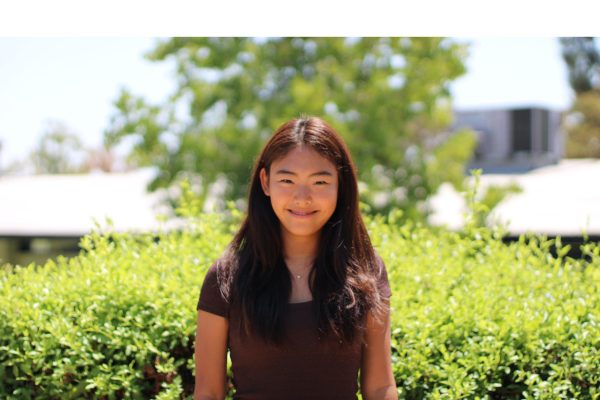Fifteen years old and starting a new life in America. How did they do it?
I still recall a day in second grade when we happened to drive past my mom’s old high school in Lakewood. As we cruised by, my mother recounted how she willingly left everything she knew in Korea to come to America alone as a 15-year-old.
“I still don’t understand how your grandma let me go,” she said. “I could never send you away to live on your own, no matter how much you begged.”
During the third wave of Korean immigrants to America, my mother’s older brother first immigrated to the States to pursue his academic dreams of graduating from an American university and becoming a dentist. Slightly envious of his unique experience, my mom insisted to her parents that she follow in his footsteps for an American education.
Despite the weight of the decision, my clueless 8-year-old self didn’t see the big deal. I thought, didn’t everyone do that back then?
Driving down the sunlit path, she pointed out the suburban neighborhood of her past, the run-down Walmart she visited every day and old houses of friends she’s still close to — including my dad’s. Fate brought my father to America around the same time as my mom, and they first became friends at Artesia High School.
“This place determined the rest of my life,” she said in Korean. “My lifelong friends, my husband, my family…”
Their decisions, prominent throughout their independent journeys, sounded like a distant fairytale — something that was only possible because they were older and more capable. I listened to their anecdotes, not realizing that my own story was already taking shape, too.
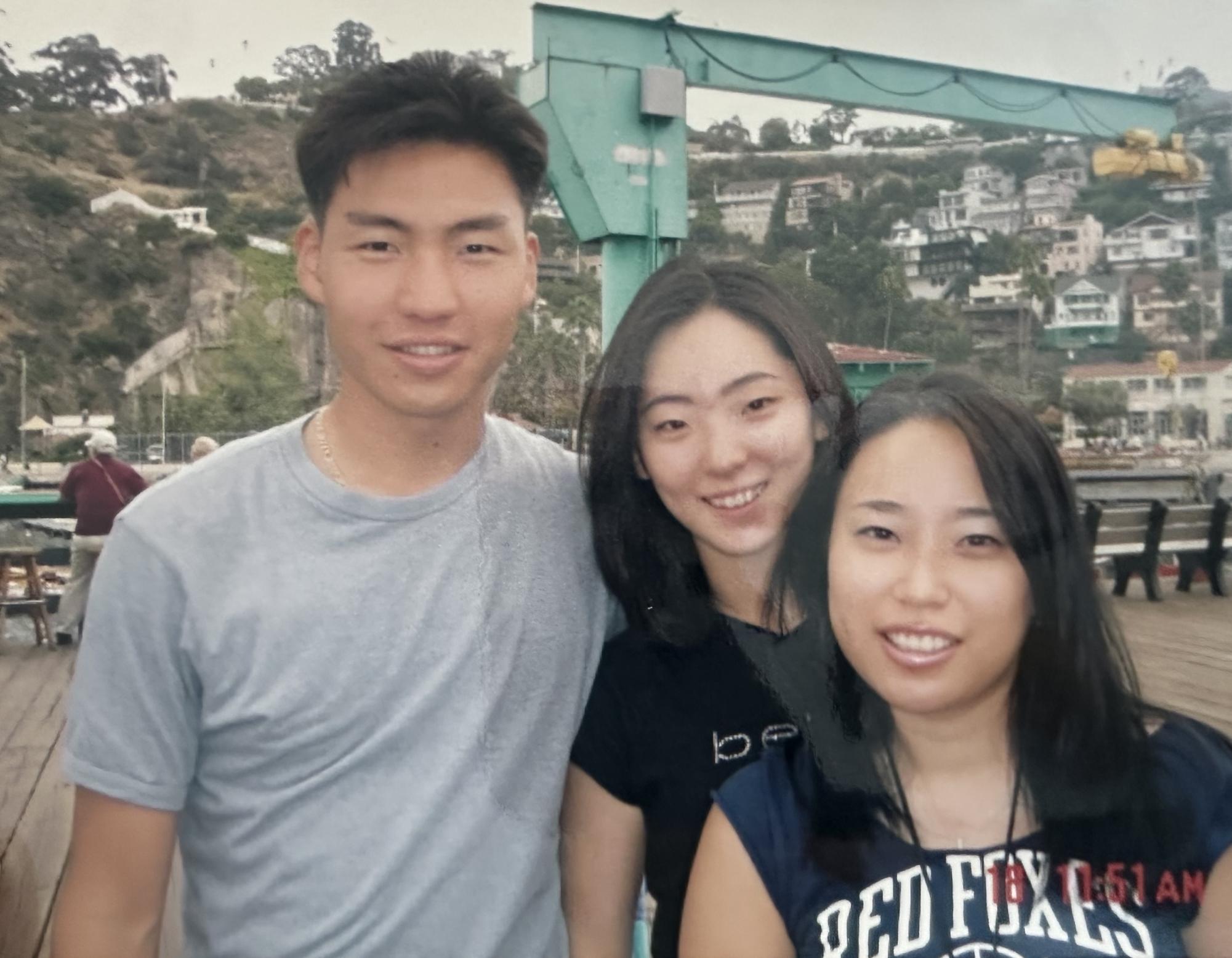
When I turned 15 years-old just last April, I had an epiphany about my parents’ immigration story: I am now the same age they were when they first left Korea and changed the trajectory of their lives. Putting myself in their shoes helped me realize they didn’t have it all figured out when they arrived; they were just like me.
Growing up, I was always surrounded by a mixed cultural setting; visiting Korea frequently, attending Korean school on Saturdays and speaking Korean at home and English at school all contributed to my dual experience.
More importantly, I’ve always been surrounded by my ethnicity in almost every aspect of my life.
Living in this unique part of Orange County [OC] naturally seems to have left me with a majority of Korean students in most of my elementary school classes, an all-Korean church, and, throughout middle school until now, friend groups dominated by my ethnicity. Because of this, I never realized my privilege of having an environment so well-fit for and accepting of Korean-Americans.
Sometimes, I would take my parents for granted, even resenting them for every mistake I thought they made in my childhood, and for not understanding the teenage world that I’m living in now. I’d compare our relationship to those of my third-generation friends, whose parents, having grown up in America, shared more cultural ties with them. I was secretly envious of the friend-like connection they appeared to share with their parents.
Unlike them, there was an unspoken hierarchy of respect in my home. This meant that my parents’ opinions mattered more than mine almost all the time, regardless of how compelling my reasons for opposition were.
Lacking higher-level proficiency in the other’s language also prevents both sides from fully understanding each other, sometimes leading to unnecessary disputes over the mistranslated nuances of words. A significant part of me has felt misunderstood and unseen for these reasons.
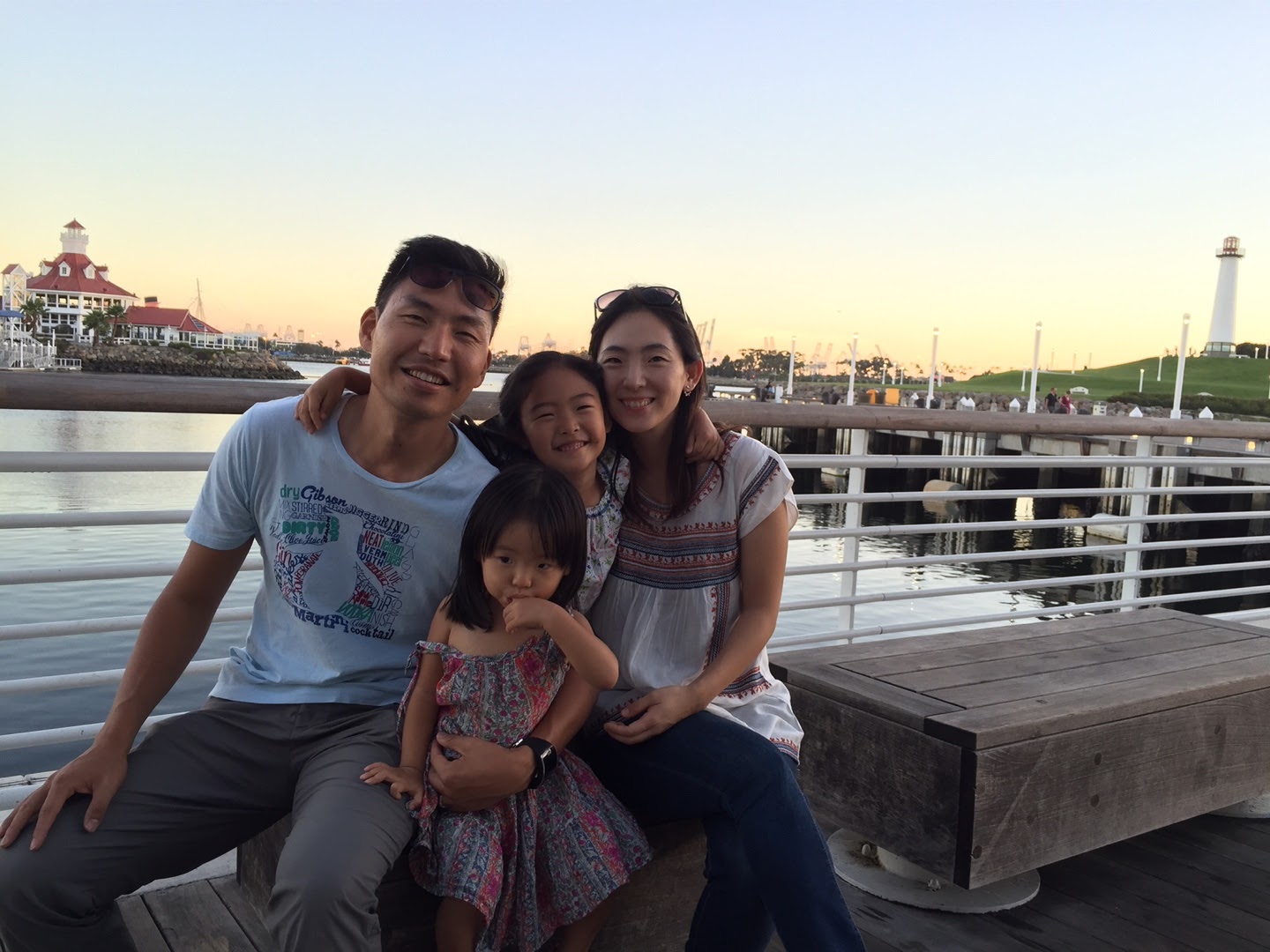
As I reached their age, however, I realized that my parents’ teenage years were nothing like mine. While they were struggling with unique challenges as high school immigrants, I grew up surrounded by my culture everywhere I turned.
In today’s generation, K-culture is abundant in almost every place I go. Thanks to the Korean “wave”(Hallyu), people worldwide actively seek out K-pop, K-dramas and K-beauty, ultimately putting Korea in the spotlight time and time again.
I see it everywhere. Online, K-trends flash on social media with participants of every cultural background. At malls, cosmetic and food stores are dedicated to selling Korean merchandise. At school, I walk through hallways where non-Koreans know K-pop lyrics and K-drama scenes better than I do.
The Source [OC] demonstrates how Hallyu has overtaken the OC area. Opened in 2016, it has become a hotspot for non-Koreans to immerse themselves in K-culture through beauty, clothing, entertainment and especially food, gaining popularity over the years.
In contrast, when my parents first immigrated, most people didn’t even know where Korea was. Insensitive questions like, “Are you from North Korea or South Korea?” were commonly asked because the general public was not aware.
Back then, Korea was largely unknown in society, making it hard to imagine who would be interested in a tiny country like that anyway.
The feat of Korea’s growth was profoundly demonstrated to me at a mission trip this summer, when I saw Cambodian children wearing tattered clothes two sizes too big or small, living in dilapidated tin houses lacking running water or a proper roof, bonding over a photocard of the K-pop group, Blackpink. Even the Cambodian malls and airports were filled with advertisements mimicking Korean beauty standards and products, campaigning for pale skin and a slim figure.
Remarkably, Korea was in Cambodia’s place just a couple of decades ago, when the nation was considered an impoverished country, as it recovered from previous conflicts like the Korean War and World War II.
The shift is incredible to witness, especially knowing my parents once lived through those times when Korea was only known as another country in Asia. Now, non-Koreans go out of their way to learn our language and culture, increasing the number of foreign visitors and residents in Korea, according to Invest Korea.
Increased immigration and tourism worldwide have also heightened awareness of the challenges faced when visiting a foreign country. This shift has led to the creation of various foreign-language programs, translation software and social groups that connect people from the same background.
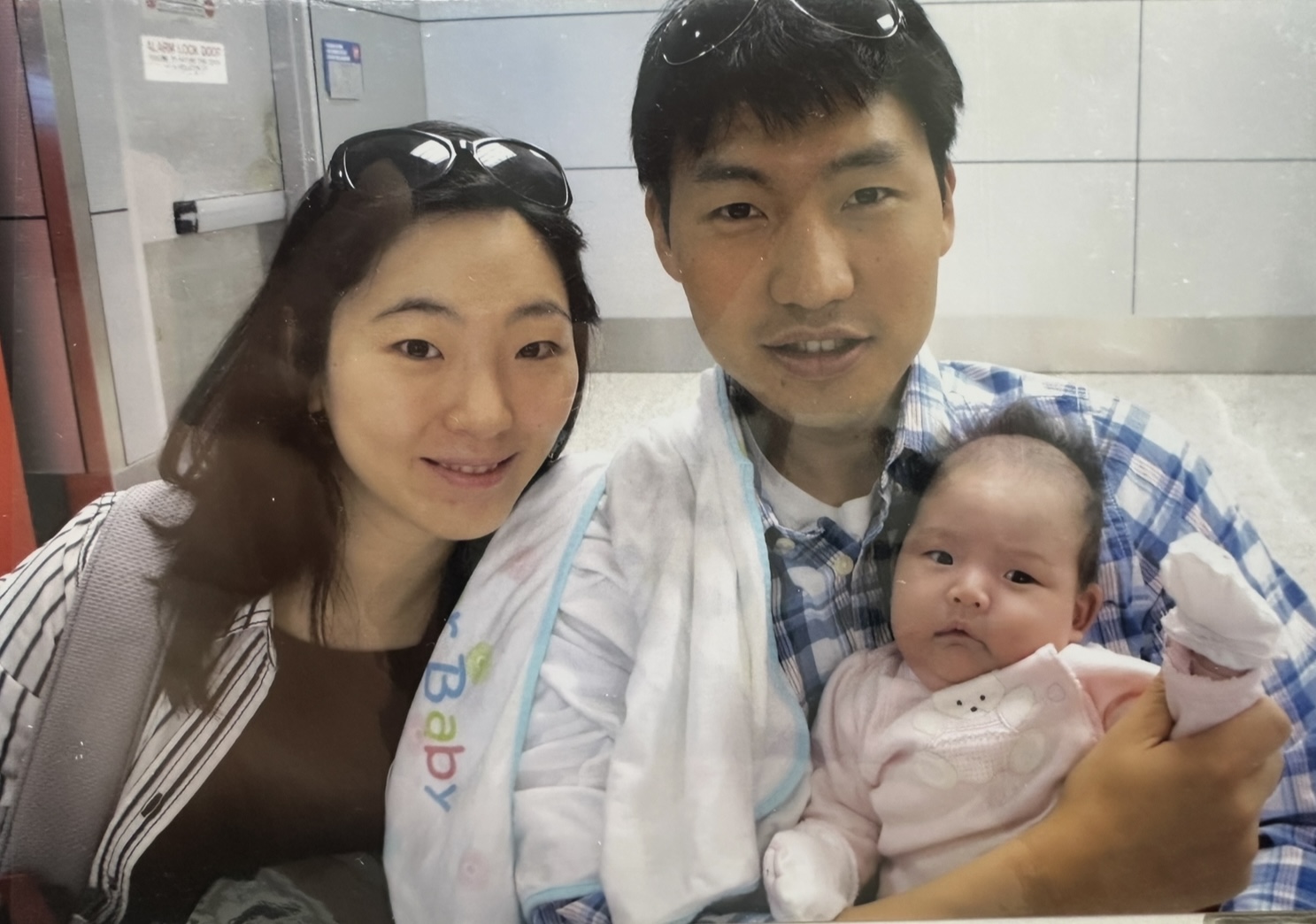
Unlike my generation, my parents, who hardly spoke English, had to navigate an unfamiliar world of alien food, language and culture mostly on their own. They didn’t have the luxury of Korean Yelp reviews, KakaoTalk (a Korean messaging platform) support groups or artificial intelligence that would translate their food order into English on the spot.
These inconveniences have supplied my parents with countless stories of cringe-worthy language barrier incidents or culture shock moments at restaurants, school hallways and social gatherings — moments they now look back on and laugh.
The contrast between my teenage years and my parents’ is undeniable, which leads me to accept that truly seeing and understanding each other will forever challenge us.
I used to wish my parents were “more American” so they could understand my humor, my slang and my teenage world. Yet realizing what they endured at my age has flipped that perspective: while I’ve felt misunderstood, they simply lived in another world.
This means that when I was born, they were also reborn into a new challenge of parenting in ways that were unfamiliar to them, using methods their own parents had never demonstrated as they raised them in the comforts of their own country. It was their first attempt at parenting a second-generation kid, too, with so much room for error, just as I make countless mistakes daily.
Without my first-generation Korean parents, I would be nowhere near who I am today. Priceless qualities like my appreciation for authentic Korean food, my knowledge of navigating Korean subway lines and my ability to read, write and speak my ancestors’ language were only developed because I was under their special care.
Their sacrifices and bravery gave me the privilege of embracing two cultures rather than being lost between them. Now, I can look past our generational differences and see them as the reason I have a story worth telling.
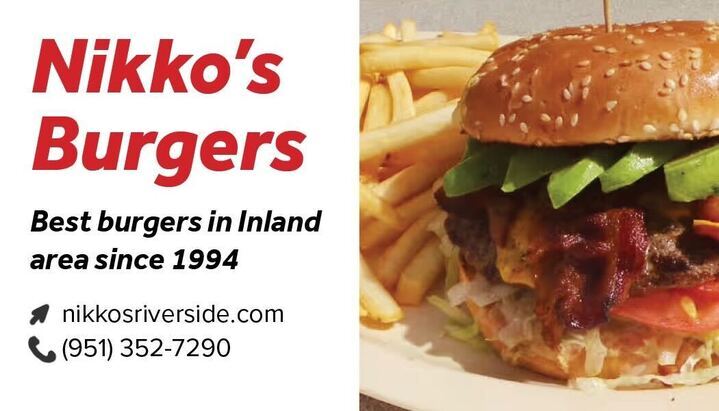


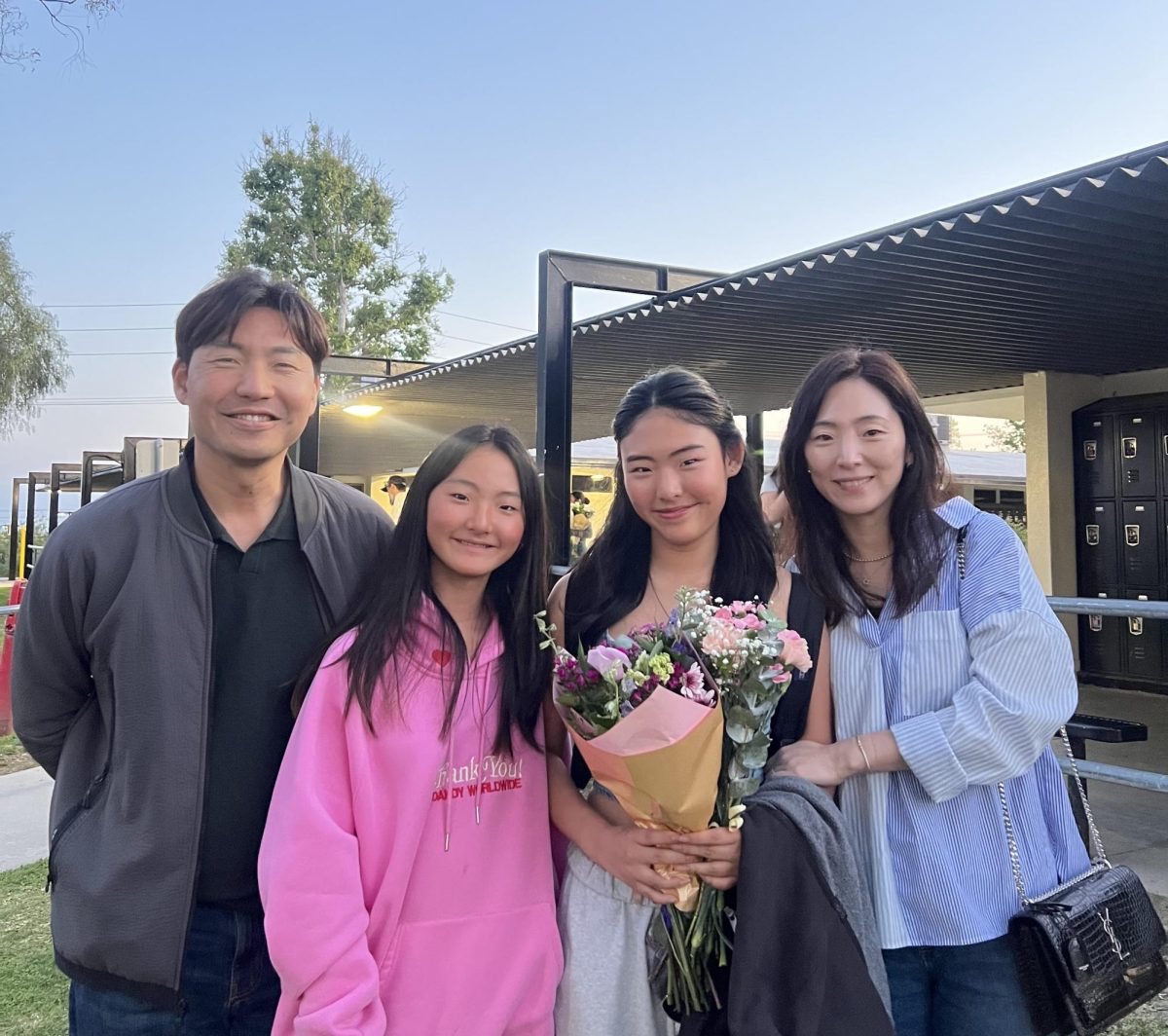
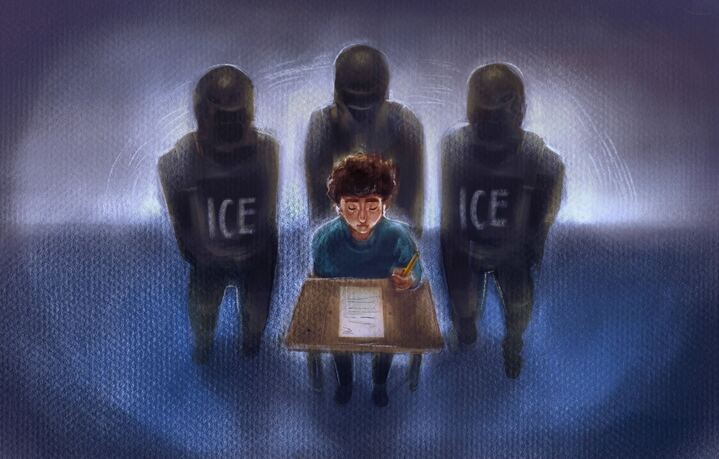

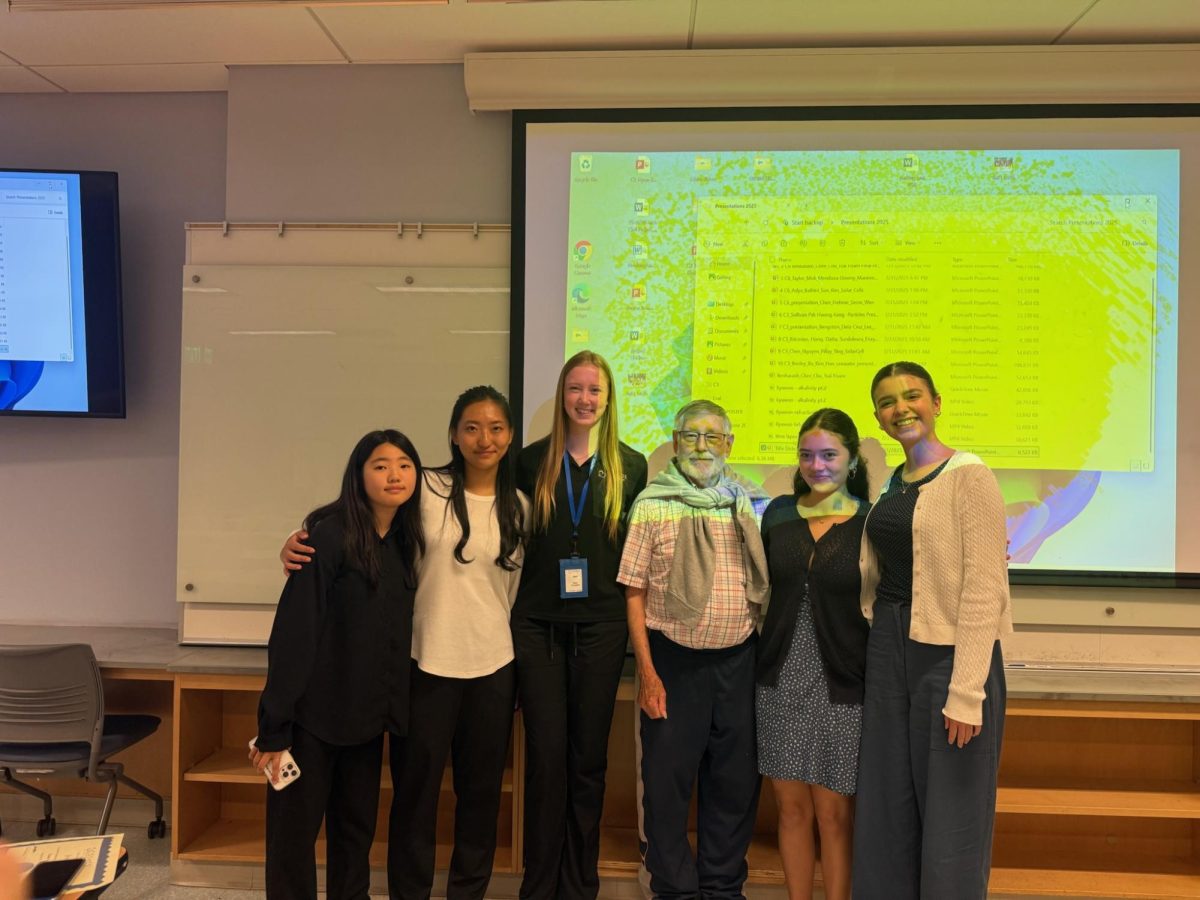
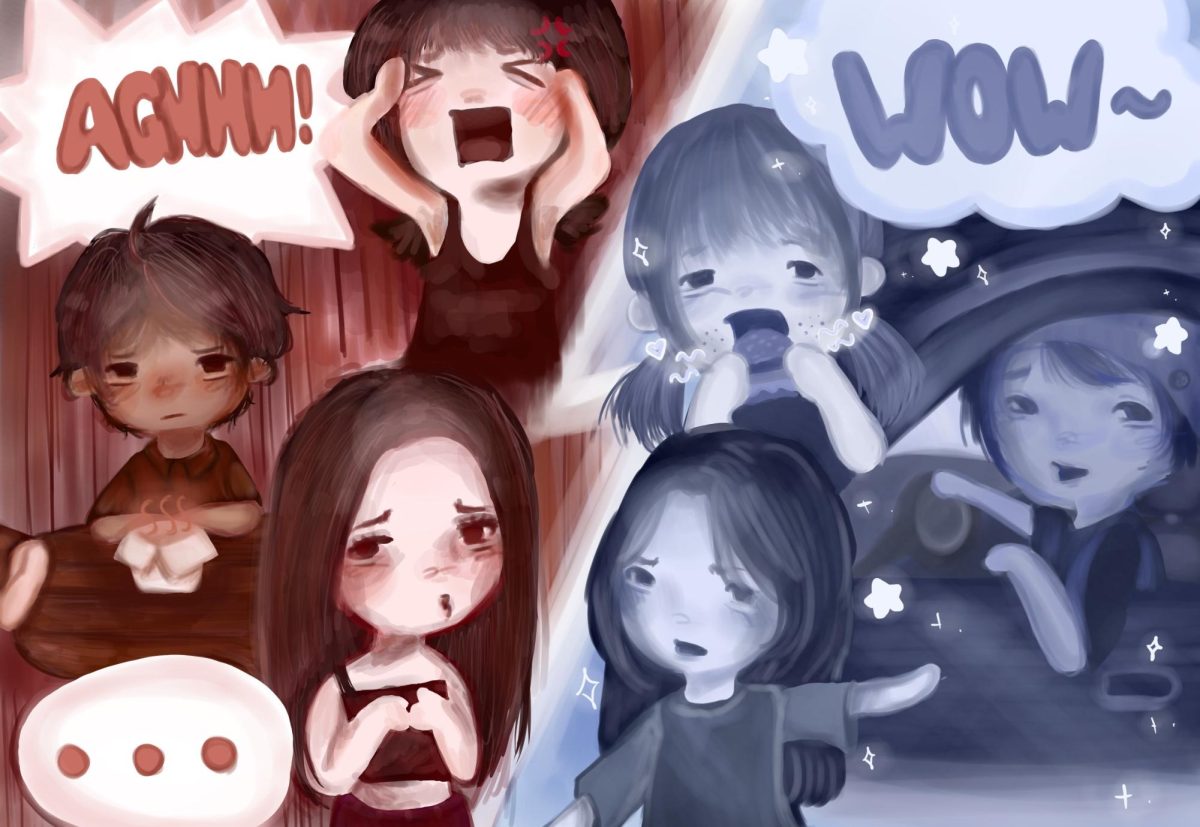
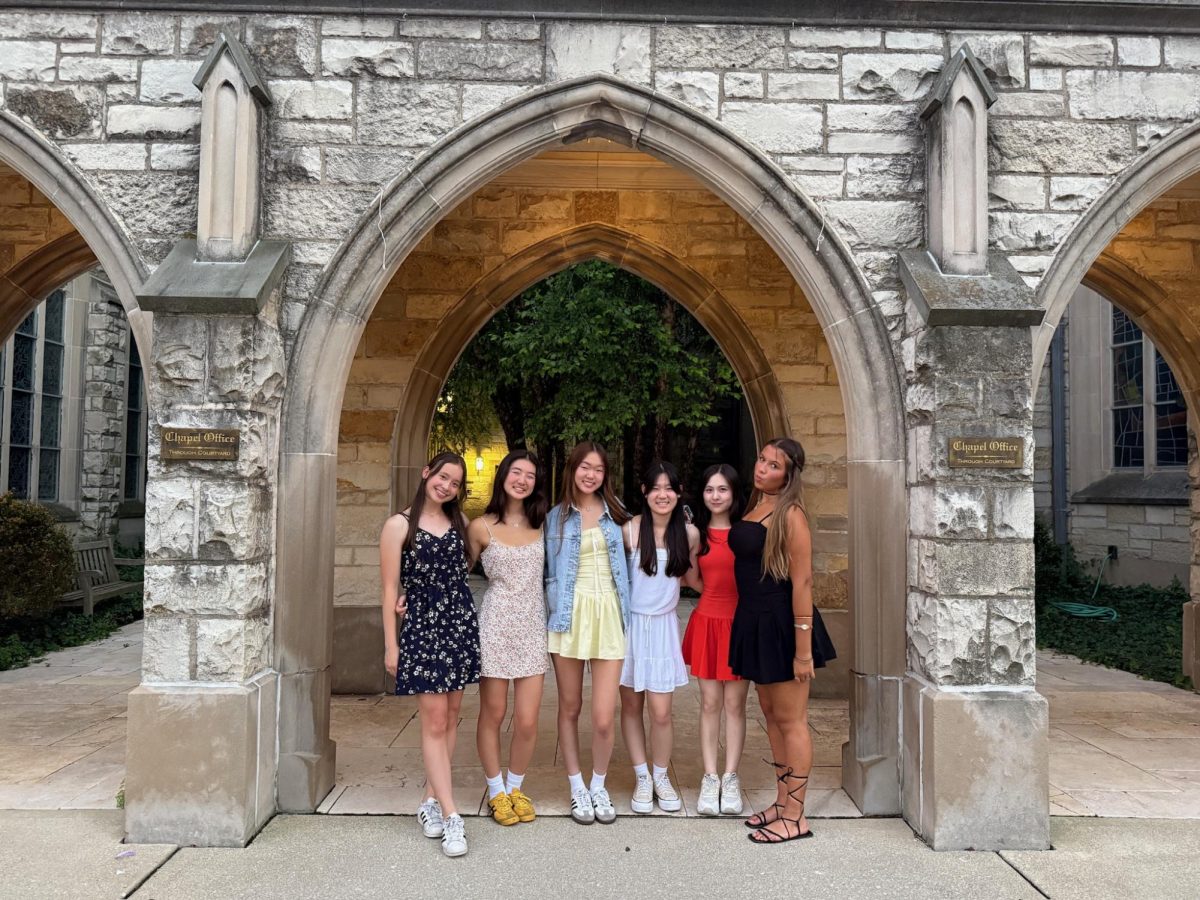
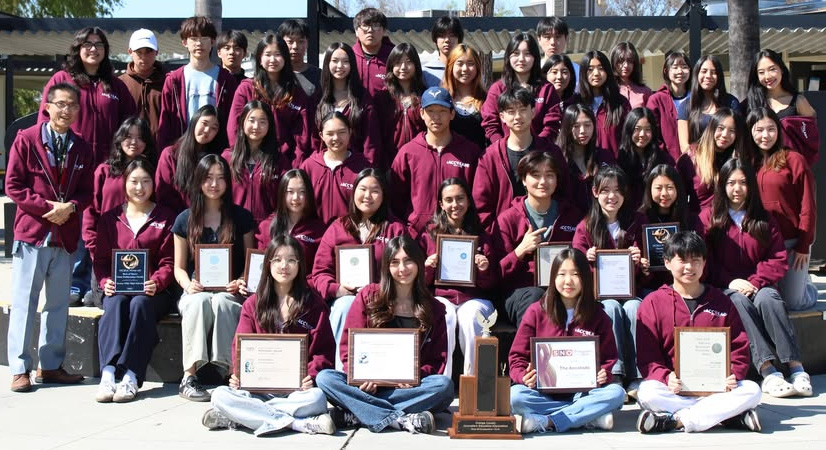
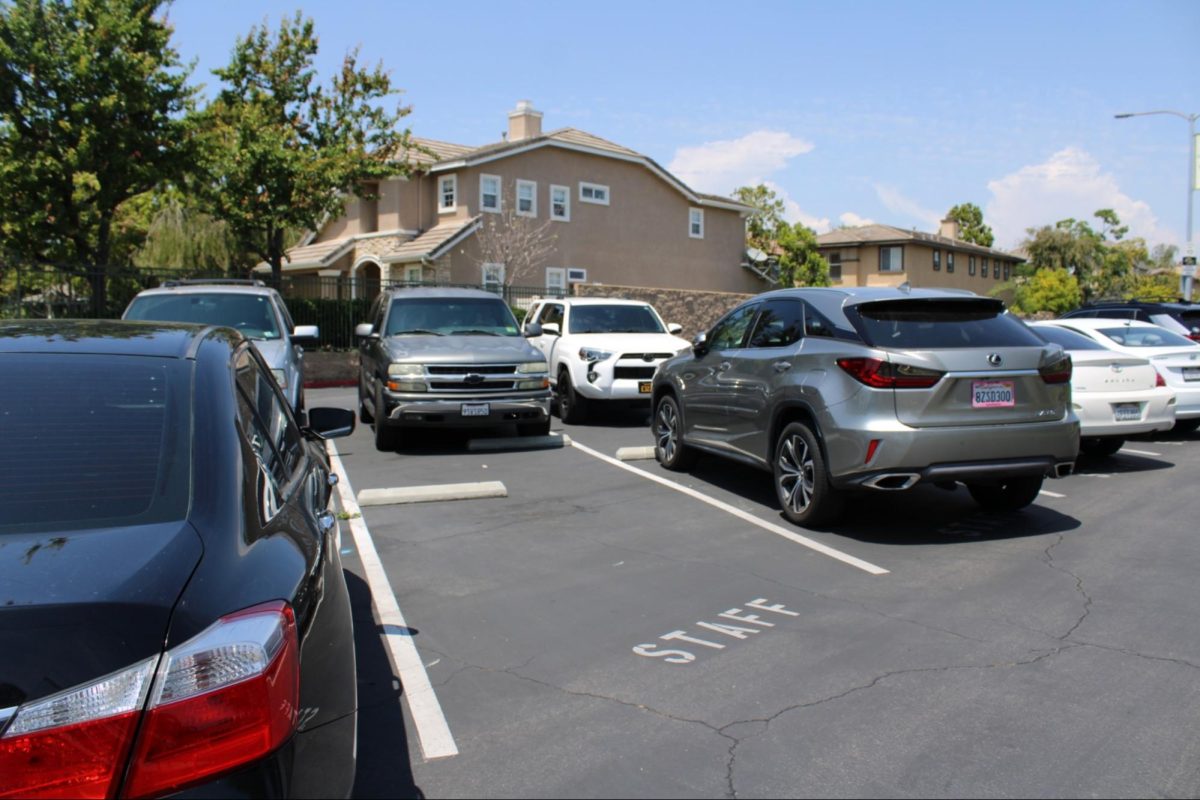
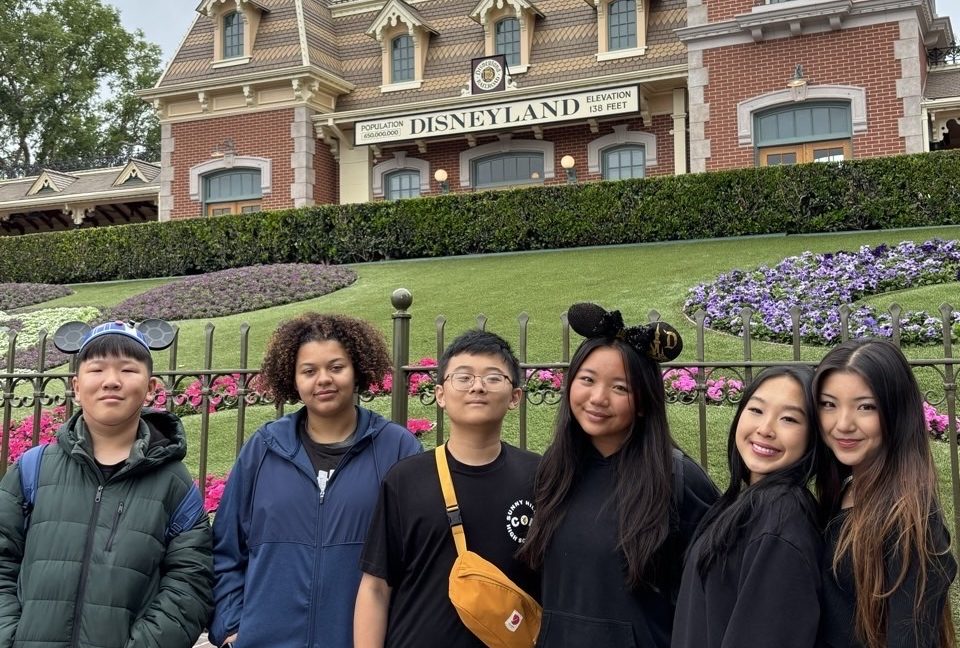


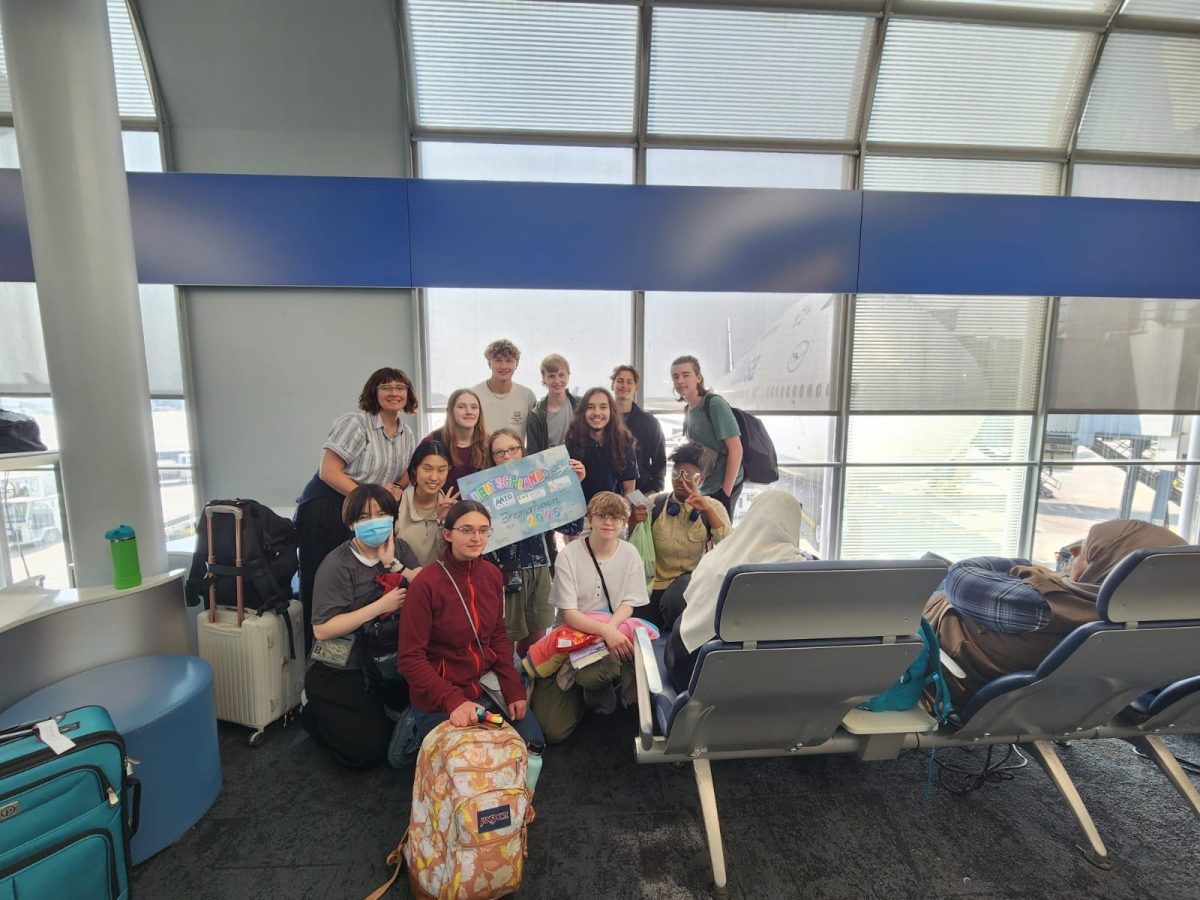


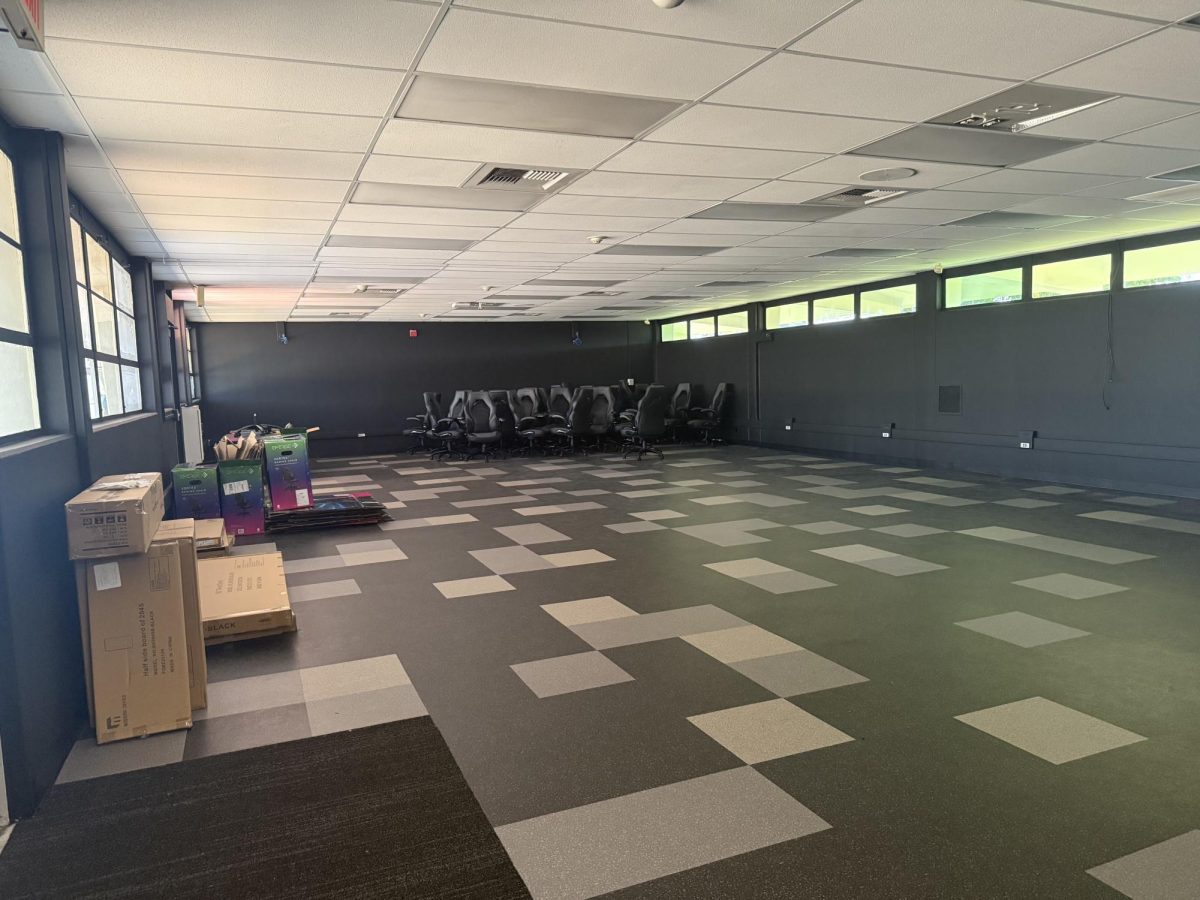

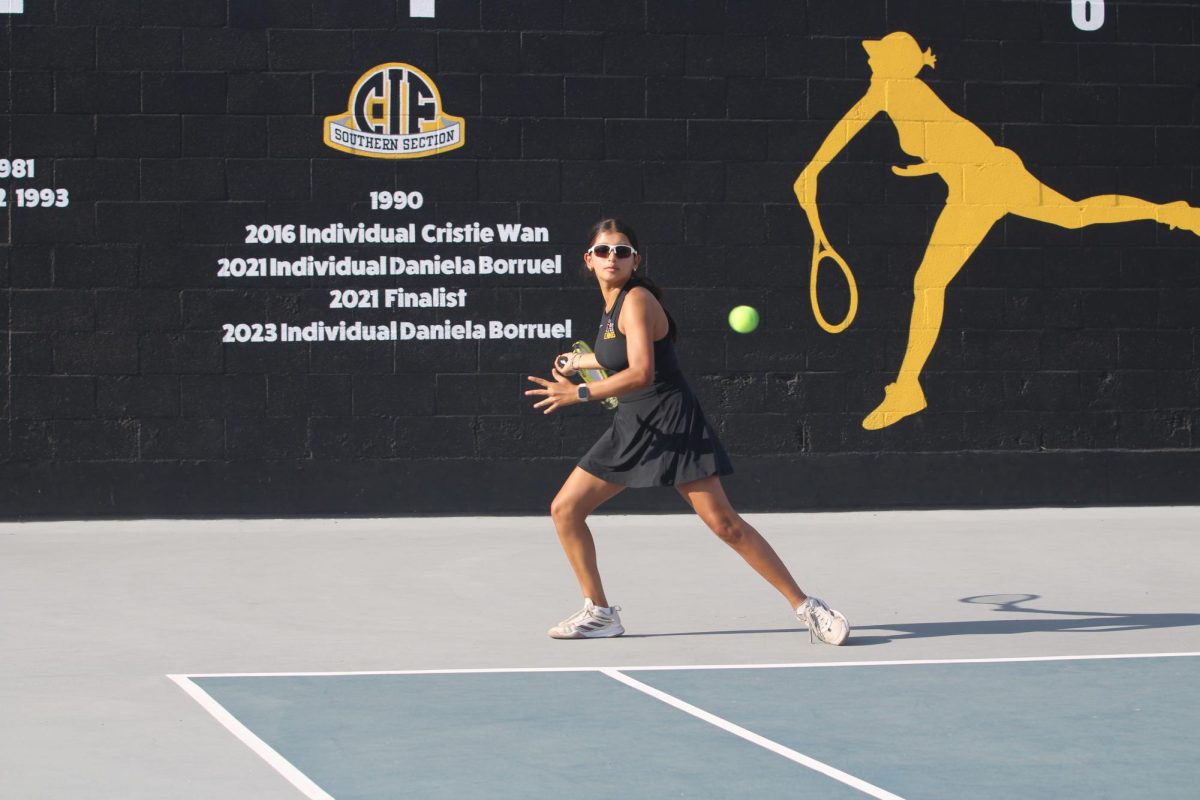
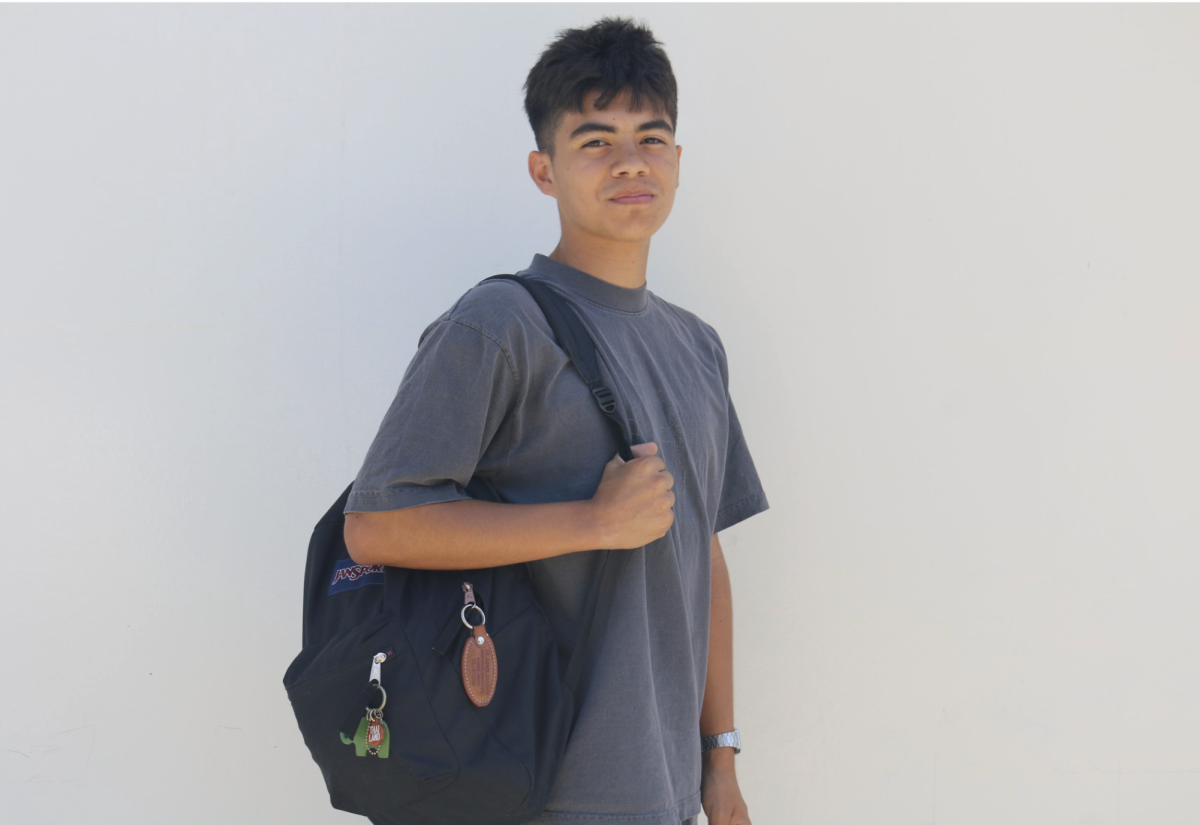
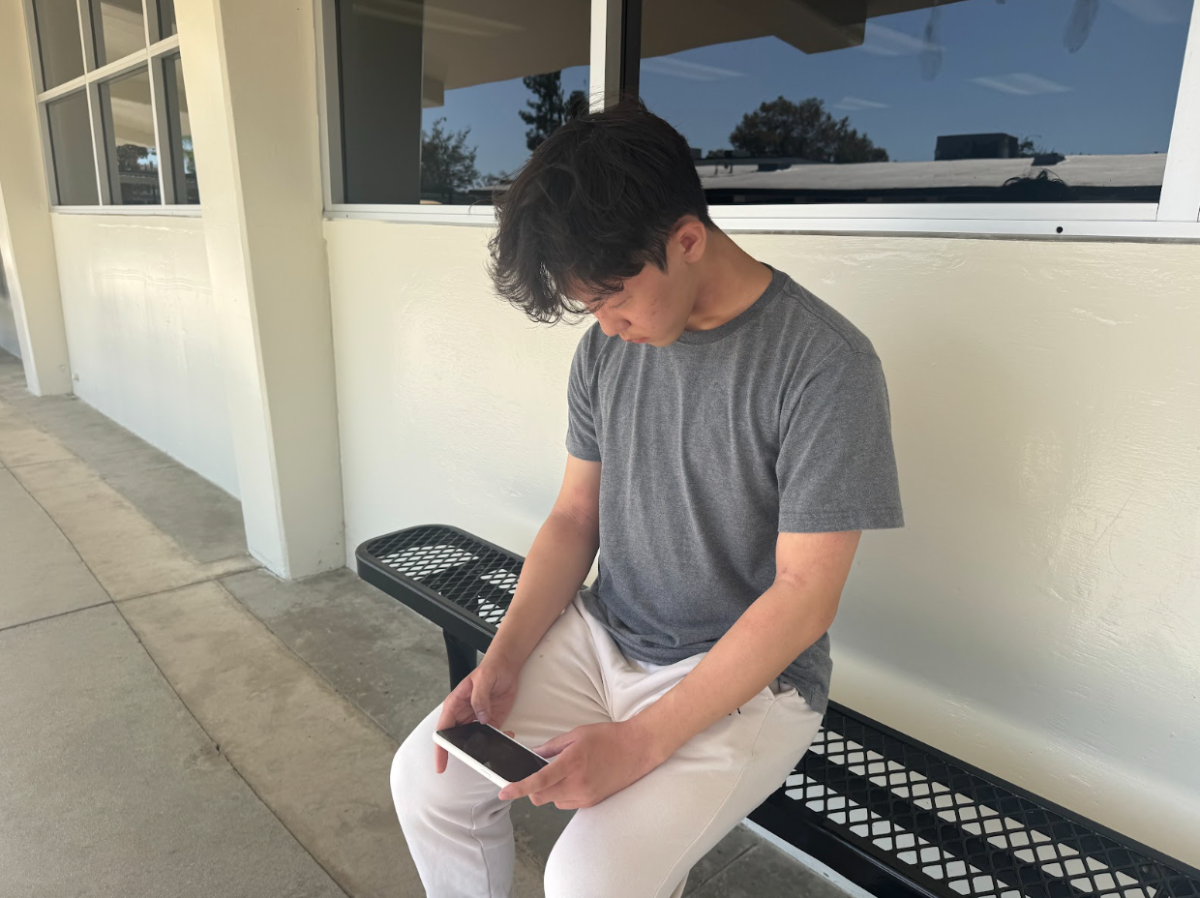
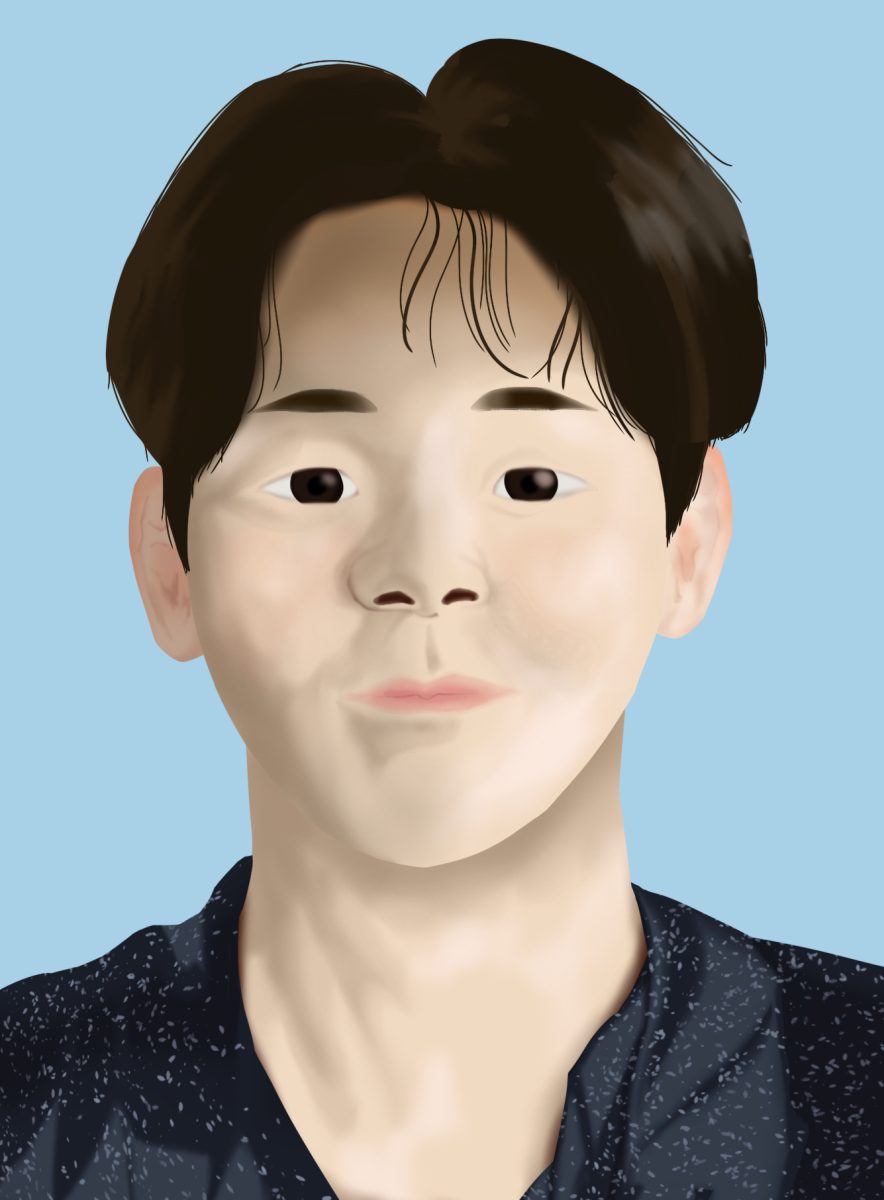
![Students and staff across the Fullerton Joint Union High School District [FJUHSD] received emails promoting a part time job offer with pay. The messages were set from compromised FJUHSD accounts.](https://shhsaccolade.com/wp-content/uploads/2025/09/image1-2-1200x527.png)
